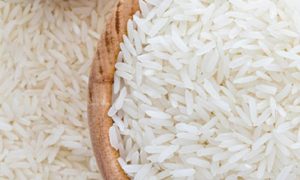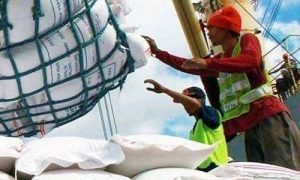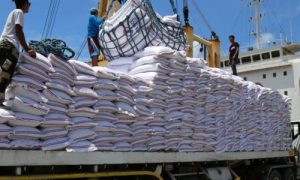Asia’s rice output rises as planting expanded

SINGAPORE — Asia’s rice output is set to climb this year as higher prices spur farmers to expand acreage and use more fertilizer, easing supply concerns after production suffered its first decline in seven years last year.
Production from recently harvested off-season rice crops in India and Thailand, the world’s top two exporters, has exceeded last year’s levels, and farmers are gearing up for main crops to be planted in coming months, with prices hovering near two-year highs.
Major northern hemisphere producers, including India, Pakistan and Thailand, will start planting their main crops this month and next, said Shirley Mustafa, an economist at the United Nations’ Food and Agriculture Organization.
Higher production
A greater area will be planted with rice “in response to increase in rice prices, and greater access to fertilizers could sustain an output expansion from these crops”, Mustafa said.
Production from winter-sown rice in India rose to 22.8 million metric tons from 18.5 million tons a year ago as above-average rainfall in September-October allowed farmers to expand the cultivation land.
In Thailand, output from this year’s off-season crop is expected to rise to 5.1 million tons, up 24 percent from a year ago, the FAO said.
Globally, the area under rice cultivation is forecast to climb to 165.70 million hectares in 2023-24, from 163.74 million hectares, the International Grains Council said. World production is projected to climb to 521.49 million tons, up from 509.30 million tons.
“Prices are higher, and we are expecting that to encourage plantings for the 2023-24 crop, particularly in the major exporters,” said Peter Clubb, a market analyst at the IGC.
Rice producers, encouraged by higher grain prices and lower costs of crop nutrients, are also expected to use more fertilizer to boost yields.
Prices of fertilizers fell in the January-to-March quarter as supply from Belarus, the third-largest potash exporter, resumed and costs of key inputs, including nitrogen, fell from 2022 highs.

















